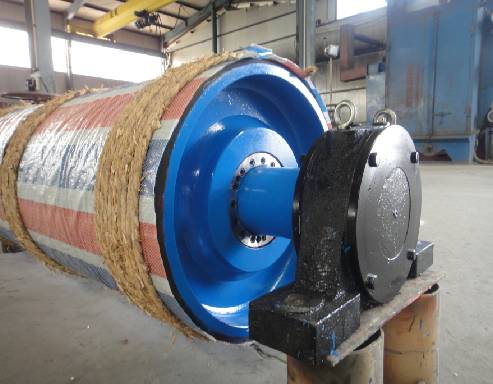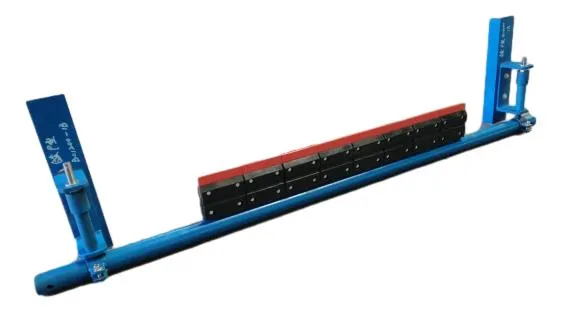 Afrikaans
Afrikaans  Albanian
Albanian  Amharic
Amharic  Arabic
Arabic  Armenian
Armenian  Azerbaijani
Azerbaijani  Basque
Basque  Belarusian
Belarusian  Bengali
Bengali  Bosnian
Bosnian  Bulgarian
Bulgarian  Catalan
Catalan  Cebuano
Cebuano  Corsican
Corsican  Croatian
Croatian  Czech
Czech  Danish
Danish  Dutch
Dutch  English
English  Esperanto
Esperanto  Estonian
Estonian  Finnish
Finnish  French
French  Frisian
Frisian  Galician
Galician  Georgian
Georgian  German
German  Greek
Greek  Gujarati
Gujarati  Haitian Creole
Haitian Creole  hausa
hausa  hawaiian
hawaiian  Hebrew
Hebrew  Hindi
Hindi  Miao
Miao  Hungarian
Hungarian  Icelandic
Icelandic  igbo
igbo  Indonesian
Indonesian  irish
irish  Italian
Italian  Japanese
Japanese  Javanese
Javanese  Kannada
Kannada  kazakh
kazakh  Khmer
Khmer  Rwandese
Rwandese  Korean
Korean  Kurdish
Kurdish  Kyrgyz
Kyrgyz  Lao
Lao  Latin
Latin  Latvian
Latvian  Lithuanian
Lithuanian  Luxembourgish
Luxembourgish  Macedonian
Macedonian  Malgashi
Malgashi  Malay
Malay  Malayalam
Malayalam  Maltese
Maltese  Maori
Maori  Marathi
Marathi  Mongolian
Mongolian  Myanmar
Myanmar  Nepali
Nepali  Norwegian
Norwegian  Norwegian
Norwegian  Occitan
Occitan  Pashto
Pashto  Persian
Persian  Polish
Polish  Portuguese
Portuguese  Punjabi
Punjabi  Romanian
Romanian  Russian
Russian  Samoan
Samoan  Scottish Gaelic
Scottish Gaelic  Serbian
Serbian  Sesotho
Sesotho  Shona
Shona  Sindhi
Sindhi  Sinhala
Sinhala  Slovak
Slovak  Slovenian
Slovenian  Somali
Somali  Spanish
Spanish  Sundanese
Sundanese  Swahili
Swahili  Swedish
Swedish  Tagalog
Tagalog  Tajik
Tajik  Tamil
Tamil  Tatar
Tatar  Telugu
Telugu  Thai
Thai  Turkish
Turkish  Turkmen
Turkmen  Ukrainian
Ukrainian  Urdu
Urdu  Uighur
Uighur  Uzbek
Uzbek  Vietnamese
Vietnamese  Welsh
Welsh  Bantu
Bantu  Yiddish
Yiddish  Yoruba
Yoruba  Zulu
Zulu 2月 . 13, 2025 03:26
Back to list
Customized Roller
The world of conveyor belt rollers is a fascinating realm where engineering precision meets material handling efficiency. Conveyor rollers are critical components in a wide range of industries, ensuring the seamless flow of goods and materials. Understanding the different types of conveyor belt rollers and their specific applications can greatly enhance operational productivity and cost-efficiency. This guide delves into the distinct types of conveyor belt rollers, illuminating their unique features and optimal use cases, drawing on decades of professional expertise and industry best practices.
Incorporating these rollers effectively requires an understanding of the operating environment and the specific materials being moved. Tailoring the roller selection to align with these constraints can enhance the reliability and efficiency of the entire conveyor system. For instance, stainless steel rollers or plastic options can be employed in food processing to adhere to sanitary standards, offering corrosion resistance and meeting hygiene protocols. Technical advancements have also paved the way for innovative roller solutions. Smart rollers equipped with sensors and IoT connectivity now allow real-time monitoring of system performance, facilitating predictive maintenance strategies. Such technology reduces downtime, extending the operational lifecycle of conveyor systems. With early detection of component wear or failure, potential disruptions can be minimized, reinforcing system dependability. The implementation of varied conveyor belt rollers is a testimony to the dynamic evolution of material handling technologies. Expert design and strategic deployment of these components underscore an intricate balance between functionality, durability, and adaptation to specific industrial requirements. For businesses, choosing the right type of conveyor roller holds the key to optimizing operations, ensuring a seamless material flow, and ultimately bolstering productivity and competitiveness. In conclusion, the ever-evolving landscape of conveyor belt rollers demonstrates significant strides in efficiency and application-specific expertise. By harnessing the right roller types, industries can achieve operational excellence, fortified by a foundation of innovation and a commitment to quality. As industries progress, so too will the technology of conveyor belt rollers, heralding a new era of material handling sophistication.


Incorporating these rollers effectively requires an understanding of the operating environment and the specific materials being moved. Tailoring the roller selection to align with these constraints can enhance the reliability and efficiency of the entire conveyor system. For instance, stainless steel rollers or plastic options can be employed in food processing to adhere to sanitary standards, offering corrosion resistance and meeting hygiene protocols. Technical advancements have also paved the way for innovative roller solutions. Smart rollers equipped with sensors and IoT connectivity now allow real-time monitoring of system performance, facilitating predictive maintenance strategies. Such technology reduces downtime, extending the operational lifecycle of conveyor systems. With early detection of component wear or failure, potential disruptions can be minimized, reinforcing system dependability. The implementation of varied conveyor belt rollers is a testimony to the dynamic evolution of material handling technologies. Expert design and strategic deployment of these components underscore an intricate balance between functionality, durability, and adaptation to specific industrial requirements. For businesses, choosing the right type of conveyor roller holds the key to optimizing operations, ensuring a seamless material flow, and ultimately bolstering productivity and competitiveness. In conclusion, the ever-evolving landscape of conveyor belt rollers demonstrates significant strides in efficiency and application-specific expertise. By harnessing the right roller types, industries can achieve operational excellence, fortified by a foundation of innovation and a commitment to quality. As industries progress, so too will the technology of conveyor belt rollers, heralding a new era of material handling sophistication.
Next:
Latest news
-
Taper Centering Idler Set for Conveyor SystemsNewsJun.25,2025
-
Small Idler Rollers for Industrial ConveyorsNewsJun.25,2025
-
Guide Training Idler Set for Conveyor MaintenanceNewsJun.25,2025
-
Friction Offset Idler Set for Industrial UseNewsJun.25,2025
-
Double-Center-Roller Idler AlignmentNewsJun.25,2025
-
Channel Inset Impact Troughing Idler Set for Heavy LoadsNewsJun.25,2025
OUR PRODUCTS





























